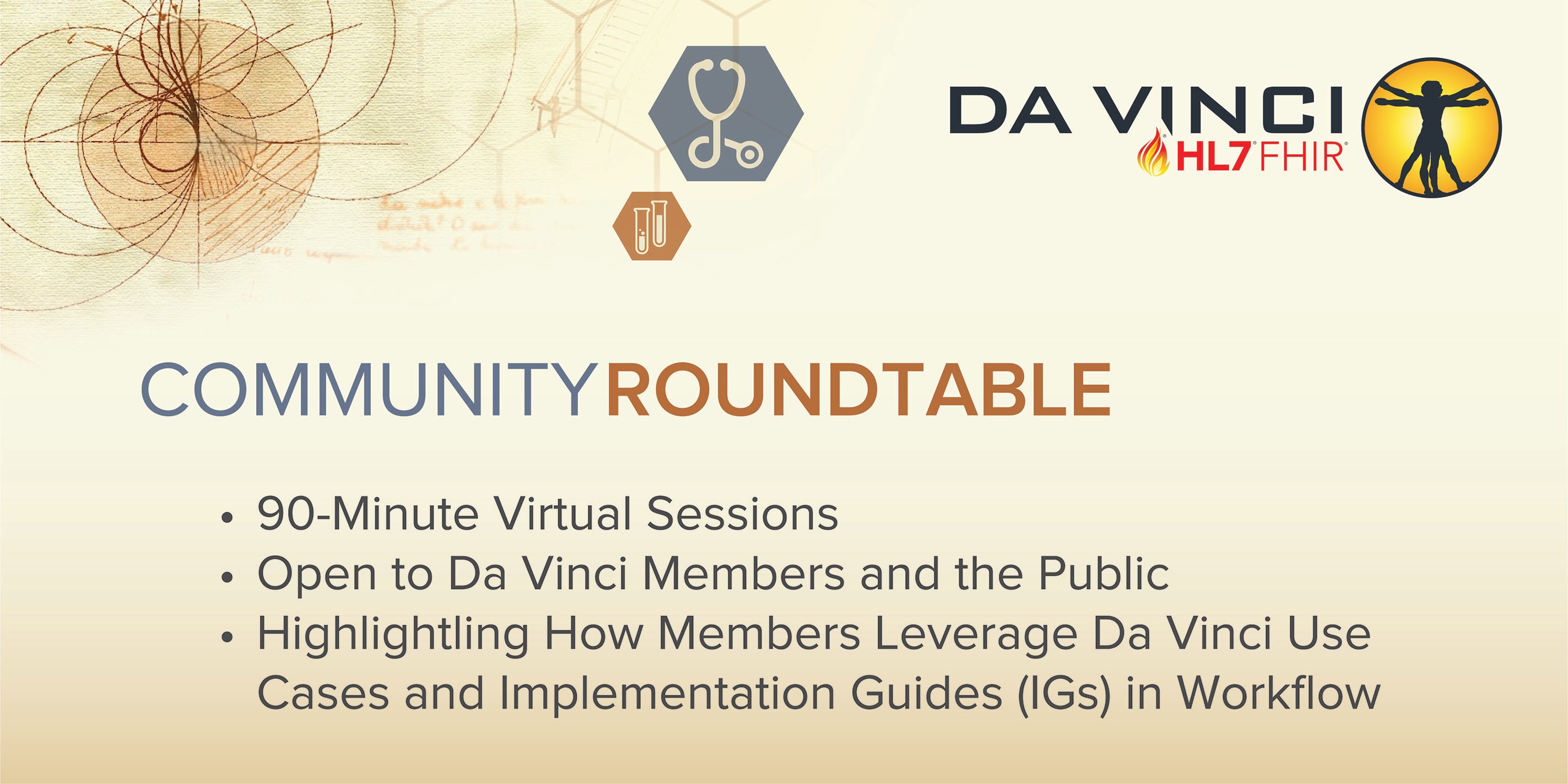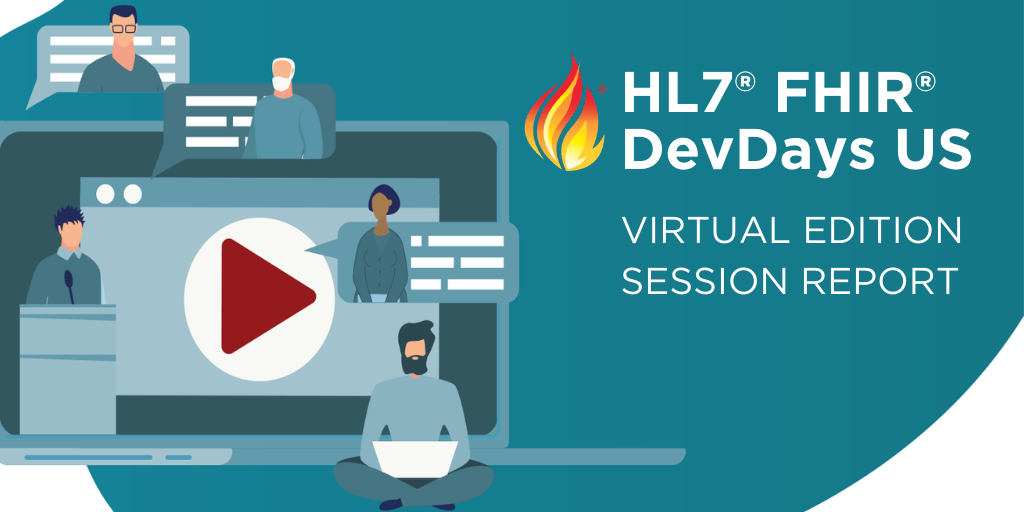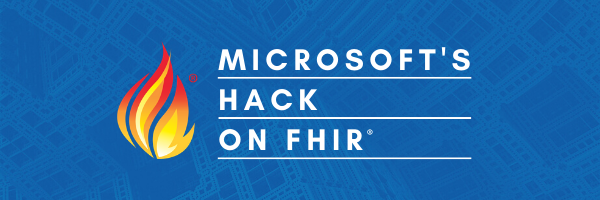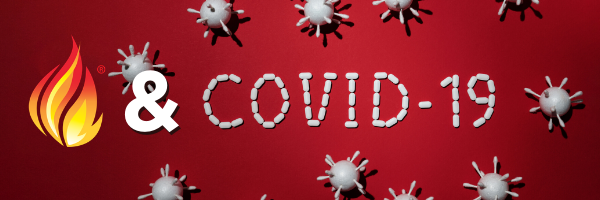HL7 Da Vinci Project Event Wednesday, July 22, from 4:00 – 5:30 p.m. EDT
Quality measurement is a key factor in improving the delivery of care, especially in value-based care arrangements. And it has become clear that as the shift to value-based care continues, the need for payer-provider collaboration has become essential.
The exchange of data among healthcare industry members can help organizations improve quality, and HL7’s Fast Healthcare Interoperability Resources (FHIR®) can play a significant role. The next Community Roundtable hosted by the HL7 Da Vinci Project entitled “What It Takes: How to Leverage the HL7 Da Vinci Project to Drive Quality Measurement and Value-Based Care,” will examine how organizations are making progress in sharing information for quality purposes.
The roundtable discussion will begin with Jocelyn Keegan, the Da Vinci program manager, providing an overview on the status, maturity and resources available for emerging implementations across Da Vinci focus areas.






